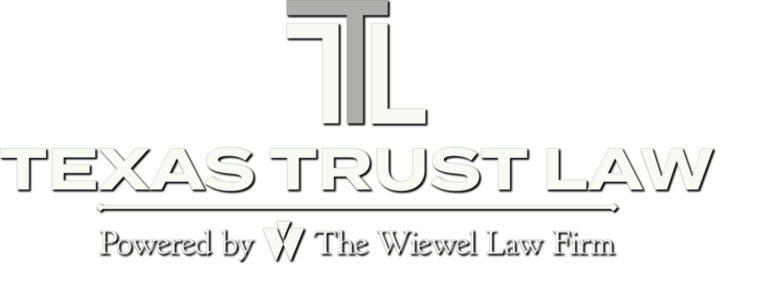
Estate Planning Can Bridge the Gap Between Generational Wealth
Building wealth is only half the battle—ensuring that it lasts for future generations requires careful estate planning and strategic wealth management. Many families fail to implement a structured plan, leading to lost assets, unnecessary taxes and family disputes. Without the proper legal and financial strategies, even substantial inheritances can be squandered within a generation. Estate planning can bridge the gap between generational wealth; ensuring that wealth is protected, distributed according to the family’s wishes, and sustained for years to come.
Why Generational Wealth Often Fails to Last
Studies show that 70% of wealthy families lose their wealth by the second generation and 90% by the third. The primary causes include:
- Lack of financial literacy – Heirs often receive wealth without a plan for responsible management.
- Estate tax burdens – Without proper planning, substantial portions of an estate may be lost to federal and state taxes.
- Legal disputes – Poorly structured wills and trusts often lead to costly inheritance battles.
- Failure to adapt to changing financial laws – Inheritance laws, tax regulations and trust structures evolve over time.
Estate planning provides legal structures and safeguards to prevent these issues and ensure that family wealth remains intact.
How Estate Planning Protects Generational Wealth
Structuring Trusts for Long-Term Asset Protection:
Trusts are among the most effective tools for protecting wealth and ensuring that assets are passed down responsibly. Unlike a will, which simply distributes assets, trusts provide ongoing management and protection.
Common trust structures include:
- Revocable Living Trusts – Allow individuals to control assets during their lifetime, while avoiding probate upon death.
- Irrevocable Trusts – Provide stronger asset protection and tax advantages by permanently removing assets from the grantor’s estate.
- Generation-Skipping Trusts (GSTs) – Allow assets to bypass one generation, reducing estate tax liability for grandchildren.
Trusts also allow customized inheritance distribution, such as delayed payouts, financial milestones, or incentives for responsible wealth management.
Minimizing Estate Taxes and Legal Fees:
High-net-worth individuals face significant estate tax challenges if wealth is not structured correctly. An estate planning attorney helps reduce tax exposure through:
- Gifting strategies – Annual tax-free gifts to heirs reduce taxable estate size.
- Charitable giving – Donating assets through charitable remainder trusts or donor-advised funds offers tax deductions while benefiting causes.
- Family Limited Partnerships (FLPs) – These allow wealth to be transferred gradually, minimizing tax burdens.
Without tax planning, heirs may be forced to sell assets or businesses to cover tax liabilities.
Preventing Family Disputes Over Inheritance:
Even well-meaning families can experience conflict over wealth distribution. An estate planning attorney helps prevent disputes by:
- Creating straightforward wills and trust agreements that specify asset distribution.
- Including business succession plans to ensure seamless leadership transitions in family businesses.
- Establishing conflict resolution mechanisms like mediation clauses to settle disputes outside of court.
A structured estate plan ensures that inheritance disagreements do not escalate into costly legal battles.
Teaching Financial Responsibility to Heirs:
Wealth transfer is more effective when heirs understand how to manage their inheritance. Estate planning attorneys work with families to:
- Educate younger generations on financial management and investment strategies.
- Introduce heirs to financial advisors who can help them navigate wealth preservation.
- Incorporate inheritance incentives that promote responsible spending and investment.
Without financial education, even a well-structured estate plan can fail to maintain generational wealth.
Estate Planning for Business Owners
Family businesses require careful succession planning to ensure stability after the founder’s passing. An estate planning attorney helps:
- Identify and prepare successors for leadership transitions.
- Establish buy-sell agreements to ensure smooth ownership transfers.
- Structure ownership in trusts or LLCs to provide financial protection.
Companies often struggle to survive past the first generation without a business succession plan.
Secure Your Family’s Financial Legacy
Estate planning can bridge the gap between generational wealth. It will give you the confidence that your assets are preserved, managed wisely and passed down without unnecessary financial losses. if you would like to learn more about managing generational wealth, please visit our previous posts.
References: J.P. Morgan (Nov. 18, 2024) “We Need to Talk: Communicating Your Estate Plan With Your Family” and Business Insider (Feb. 9, 2025) “Inside the Retreat for Billionaire Heirs Trying to Give Away Their Money”
Image by grplamondon















